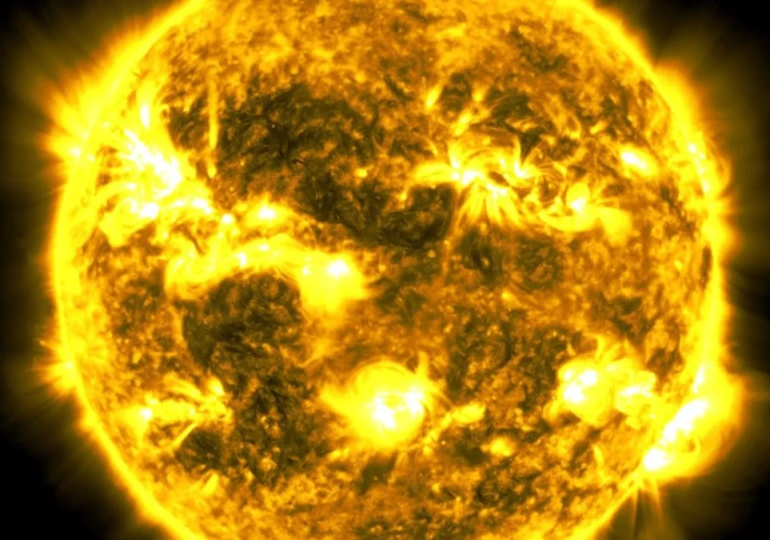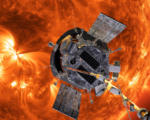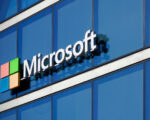NASA Leverages Supercomputing to Advance Space Missions and Earth Science

NASA is at the forefront of leveraging supercomputing to enhance both space exploration and Earth-based research. The agency is utilizing high-performance computing (HPC) to drive innovations that stretch from groundbreaking space missions to addressing environmental concerns on Earth. At the International Conference for High Performance Computing (SC24), NASA is demonstrating how these advanced technologies are integral to its most critical endeavors, such as the Artemis program, sustainable aviation, and the study of cosmic phenomena. Dr. Nicola Fox, Associate Administrator for NASA’s Science Mission Directorate, will highlight these advancements in her keynote address, “NASA’s Vision for High Impact Science and Exploration,” on November 19.
One of the significant achievements of NASA’s supercomputing capabilities is the refinement of the Artemis launch systems. At NASA Ames Research Center, simulations using supercomputers have been instrumental in optimizing the Artemis II launch environment. Research revealed how pressure waves from the rocket’s exhaust gases damaged critical components during the Artemis I mission. These findings allowed engineers to redesign key infrastructure, such as the flame deflector and mobile launcher, ensuring greater safety for astronauts during the upcoming Artemis II mission in 2025.
In addition to space exploration, NASA’s supercomputing power is also playing a key role in the future of aviation. By utilizing advanced computational models, NASA researchers are working to optimize aircraft designs for improved fuel efficiency. Simulations of wing and fuselage shapes are helping to reduce drag, which could result in a 4% improvement in fuel efficiency. This aligns with NASA’s goals for sustainable aviation, contributing to efforts to reduce carbon emissions and support greener, more efficient air travel.
These advancements highlight the critical role of supercomputing in driving NASA’s mission to push the boundaries of scientific discovery. From improving space mission safety to advancing environmental goals on Earth, the agency’s supercomputing capabilities are enabling more accurate predictions, better designs, and deeper insights. With these technological tools, NASA is positioning itself to address the complex challenges of the future, whether in space or here on our planet.


















